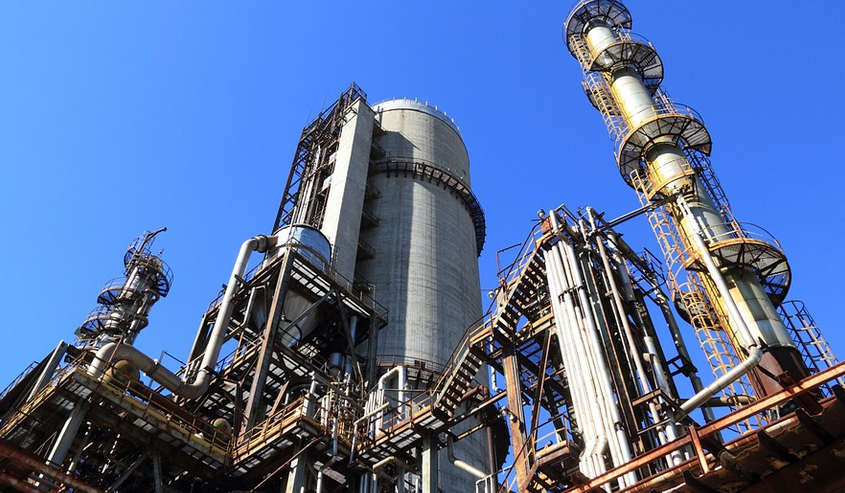Introduction
Dry chemical extinguisher is a fire suppression tool that uses a chemical powder to extinguish fires. It is a versatile and effective fire extinguishing agent that can put out various types of fires, including Class A, B, and C fires. This article will discuss the uses of dry chemical extinguisher and why it is an essential tool in fire safety.
Class A Fires
Class A fires involve ordinary combustibles such as wood, paper, and cloth. Dry chemical extinguishers are effective in putting out Class A fires because the chemical powder smothers the fire and interrupts the chemical reaction between the fuel and oxygen.
Class B Fires
Class B fires involve flammable liquids such as gasoline, oil, and grease. Dry chemical extinguishers are effective in putting out Class B fires because the chemical powder creates a barrier between the fuel and oxygen, preventing the fire from spreading.
Class C Fires
Class C fires involve electrical equipment such as motors, appliances, and power tools. Dry chemical extinguishers are effective in putting out Class C fires because the chemical powder is non-conductive and does not conduct electricity, making it safe to use on electrical fires.
Other Uses of Dry Chemical Extinguisher
Dry chemical extinguishers are also effective in putting out fires in vehicles, boats, and aircraft. They are portable and easy to use, making them an essential tool in fire safety for both residential and commercial properties.
How to Use a Dry Chemical Extinguisher
When using a dry chemical extinguisher, remember the acronym PASS:
- Pull the pin
- Aim the nozzle at the base of the fire
- Squeeze the trigger
- Sweep the nozzle from side to side
Conclusion
Dry chemical extinguishers are a versatile and effective fire suppression tool that can put out various types of fires. They are an essential tool in fire safety and can be used in residential and commercial properties, as well as in vehicles, boats, and aircraft. Remember to use the PASS method when using a dry chemical extinguisher to ensure maximum effectiveness.

